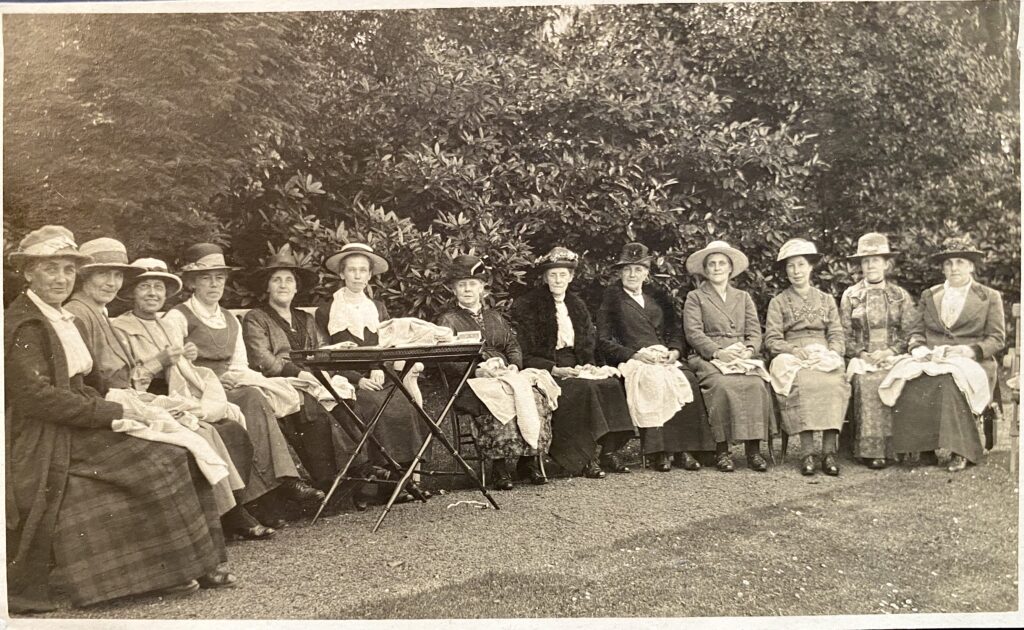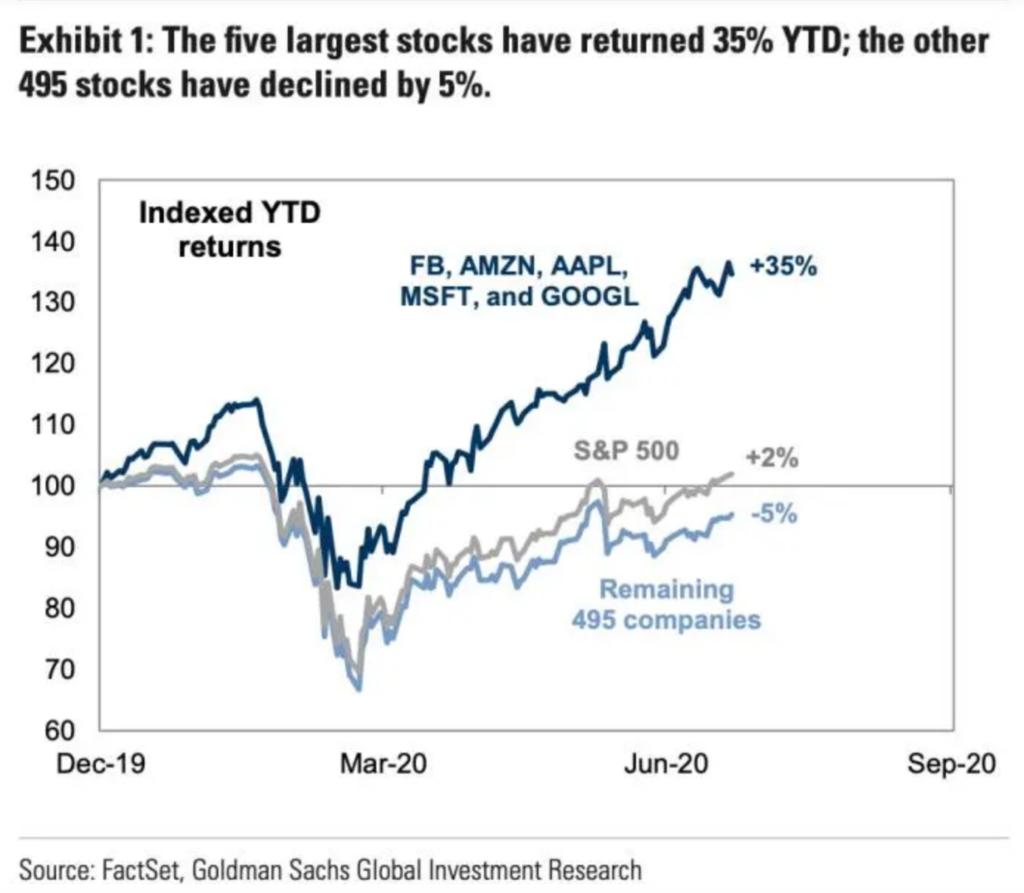Windows into the past
My wife is currently going through her family archive, and keeps coming up with astonishing photographs. This is a shot of a Mothers’ Union sewing (or perhaps embroidery) group in a Yorkshire village in the early years of the 20th century. (Her great-grandmother was a member.)
Everyone is wearing a hat — which suddenly reminds me that my grandmother never left the house without one. But then her husband never went out without his Homburg either.
En passant: this fabulous hoard of family photographs reminds one that most people living today will leave nothing like this because their digital photographs will be on computer disks or hosted on online servers. Which means that when they die, most of those accounts will be closed or inaccessible to relatives, and the images will therefore be lost to posterity. Which is why, when people ask me about digital preservation, I tell them to print anything they wish to preserve and store them in shoeboxes in their attics. That’s the only way their grandchildren and great-grandchildren will ever be able to see them.
Today’s musical alternative to Radio 4’s ‘Today’ programme
Alessandro Marcello’s Concerto in D minor, arranged for two guitars
Ten minutes of peaceful bliss.
Our remote work future is going to suck
Or: Why are we always assuming a distributed workforce is a good thing for the worker?
A very thoughtful essay by Sean Blanda in the be careful what you wish for genre.
It’s quite a long read, but worth it.
My TL;DR summary is:
Remote work “democratises talent” for everyone. Even you.
The work you’re doing from your home in a nice rural village can also be done much more cheaply by someone in the Phillippines.
Remote enables you to be forgotten
You do gain a bit of freedom from your boss (which doubles as a loss of a mentor, but we’ll get to that). You also gain “freedom” from your colleagues and collaborators. Which means you’re effectively on your own.
This is empowering to some, but the isolation can mean your contributions are easily overlooked or misunderstood. As a result, I’ve noticed a disturbing trend at (especially larger) remote companies: Some managers often have no clue what their direct reports are doing and how they are doing it.
Remote work breaks large companies
Remote work evangelists often portray it as liberation from the “interruption culture” at a traditional office. But, says Blanda,
First, clearly people that believe remote work creates an interruption-free zone have never used Slack or email. Second, those interruptions often exist for a reason: They often communicate information that ensures everyone is working on the right thing.
Remote work can stifle your career growth
When you work remotely, mentorship is stifled because there is no learning via osmosis. You can’t model your behavior on your successful teammates because you only see them on Zoom and in Slack. Whatever process they are using to achieve their results is opaque to you.
Evangelists for remote working have revealing blind spots
For example, they assume that:
-
Remote workers prefer to tightly wrap their identity in their work.
-
Everyone has a dedicated working space.
-
Parents have reliable child care outside of the home.
Real-world experience of remote working during the pandemic suggests that often none of these is the case.
The key takeaway (for me, anwway) from this great piece:
We derive more from our careers than simply a paycheck. We find meaning, community, and connection to others. We gain a needed context for seeing the world. We cannot completely decouple the working experience from being in the physical presence of others without causing a slow-simmering existential crisis in its participants.
That’s right IMO: and it means that anything other than a blended future (some remote plus some face-to-face working) is the only way of avoiding another neoliberal nightmare.
So who’s doing well in the pandemic?
This chart tells it all.
Last Responders: couriers of the dead
Memorable reporting by the Texas Tribune.
Juan Lopez is in the ambulance bay of a McAllen hospital, zipping a gauzy blue jumpsuit over a Polo button-down and work slacks. Two well-worn stretchers are in the back of his Cadillac Escalade, a pack of Marlboros near the gear shift.
It’s Saturday morning in South Texas, and the corpse of a 60-something-year-old needs to get to a funeral home — specifically, a refrigerated truck behind a funeral home that’s run out of storage space. The deceased coronavirus patient goes in the back of the Escalade, and Lopez heads to retrieve a body from another hospital’s morgue.
These are the first jobs of the day — and far from the last. Lopez will pick up 16 bodies Saturday, wake up at 2 a.m. Sunday and transport 22 more, including a husband and wife both infected with the virus.
Lopez, 45, is a courier of the dead, contracting with funeral homes and the county to pick up and deliver bodies. In normal times, he handled around 10 jobs a week. But this isn’t a normal time.
Wonderful reporting.
Frequent, Fast, and Cheap is Better than Sensitive
From Alex Tabarrok on Marginal Revolution:
A number of firms have developed cheap, paper-strip tests for coronavirus that report results at-home in about 15 minutes but they have yet to be approved for use by the FDA because the FDA appears to be demanding that all tests reach accuracy levels similar to the PCR test. This is another deadly FDA mistake.
The PCR tests can discover virus at significantly lower concentration levels than the cheap tests but that extra sensitivity doesn’t matter much in practice. Why not? First, at the lowest levels that the PCR test can detect, the person tested probably isn’t infectious. The cheap test is better at telling whether you are infectious than whether you are infected but the former is what we need to know to open schools and workplaces. Second, the virus grows so quickly that the time period in which the PCR tests outperforms the cheap test is as little as a day or two. Third, the PCR tests are taking days or even a week or more to report which means the results are significantly outdated and less actionable by the time they are reported.
The fundamental issue is this: if a test is cheap and fast we shouldn’t compare it head to head against the PCR test. Instead, we should compare test regimes. A strip test could cost $5 which means you can do one per day for the same price as a PCR test (say $35). Thus, the right comparison is seven cheap tests with one PCR test.
Spot on. This is the same as with the ridiculous reluctance to use face-masks: the best (peer-reviewed) being the enemy of the good. Cheap, rapid strip-tests could be really useful at this stage of the pandemic. Not perfect. But useful. So why don’t we have them — now?
This blog is also available as a daily email. If you think this might suit you better, why not subscribe? One email a day, delivered to your inbox at 7am UK time. It’s free, and there’s a one-click unsubscribe if you decide that your inbox is full enough already!


